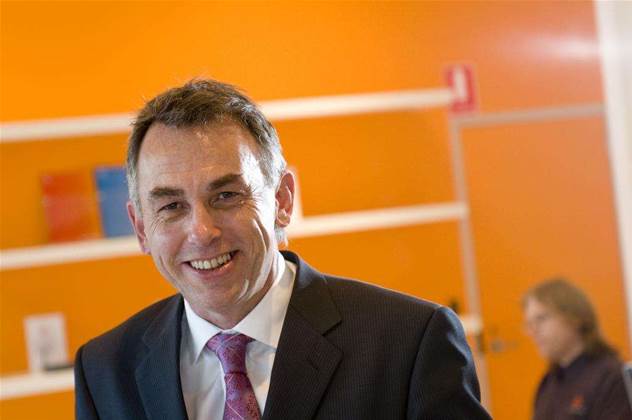Adelaide-based ISP Internode is looking to double its national ADSL2+ footprint with a $10 million investment in network equipment, the majority of which will be used to expand its presence in Victoria and Tasmania.

Internode will install Ericsson DSLAMs (Digital Subscriber Line Access Multiplexers) in 57 exchanges and upgrade existing equipment in 115 more.
Within 12 months, Internode plans to have its own DSLAMs installed in 170 exchanges nationally.
Announcing the investment this morning, a bullish Internode CEO Pat Tapper said the roll-out was "long planned", regardless of the manoeuvrings of the Federal Government and Telstra.
"We have been planning to do this for six months or so, but we have had this small financial crisis hold us up in terms of securing funding," he said. "From our perspective, the demand has always been there."
Tapper is confident Internode will see a return on investment from its ADSL2+ network within the eight-year time frame of the NBN rollout.
"It is hard to crystal ball how [service providers] will connect to [the NBN]," he said. "Despite all the rhetoric and assumption about what the NBN will be, the press release on day dot is about as much as is planned so far.
"Our wish is for there to be a transition period, where copper and fibre exist side by side in the exchange. It's the only way it can happen. You can't just storm in and pull all the copper, and say - 'right, everybody out!'
"I'm pretty confident common sense will prevail."
Internode's new investment targets customers in Victoria and Tasmania.
Where today Internode offers services from just two exchanges in Tasmania, the new investment will take its footprint on the apple isle to ten exchanges.
Tapper attributed this investment to the imminent linking of Tasmania to the mainland via the Basslink cable, which ends Telstra's monopoly on backhaul to the small island state.
"For at least two years, there has been a lot of pent up demand in Tasmania - the reason being that we were limited with the previous connection to Tasmania from the mainland," Tapper said.
As for Victoria, Tapper said Internode's investment is built on strong growth and demand. And he sees Telstra's massive investment in high-speed HFC cable in Melbourne having very little impact on this growth.
"The plans we have for exchanges in Victoria are based on demand today," he said. "Regardless of what Telstra is doing with HFC, the demand is there.
"We'll be offering value for money. With HFC, Telstra's customers will sure get some high speeds, but they'll pay for it."
Timeline
Internode has set a 12-month goal to have the equipment in 57 new exchanges up and running. But Tapper admits that "a lot depends on how quickly Telstra lets us into the exchanges."
"There isn't an average to work on," he said. "A lot of time is spent waiting around to get into the exchanges. From the time we get in, we can have it underway and done within a couple of months."
The end-game, Tapper said, is to own a network that is "as close to end-to-end as possible."
"We want to control our own destiny," he said.




.png&h=140&w=231&c=1&s=0)




_(26).jpg&w=100&c=1&s=0)

 iTnews Executive Retreat - Security Leaders Edition
iTnews Executive Retreat - Security Leaders Edition












_(1).jpg&h=140&w=231&c=1&s=0)



